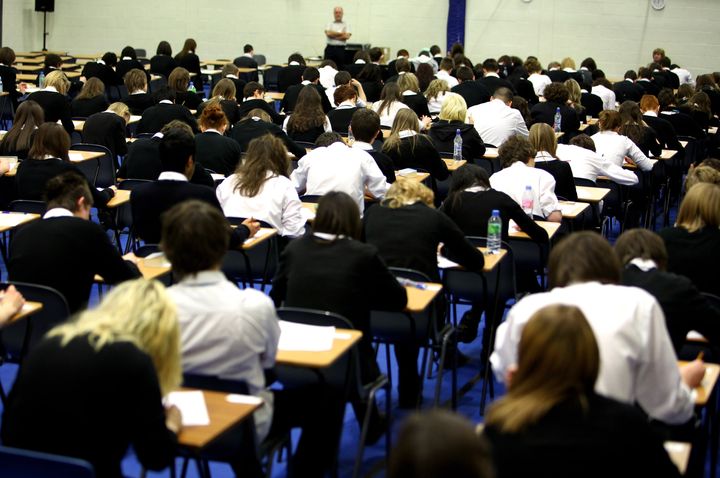
The attainment gap between poor pupils and their wealthier class mates is just as large now as it was 20 years ago, according to a damning new report.
The study said the gap had seen “virtually no change” in two decades and the Covid-19 pandemic had “significantly worsened overall outcomes”.
Sixteen-year-olds who are eligible for free school meals remain far less likely to earn good GCSEs than less disadvantaged peers and make slower progress through secondary school, the Institute for Fiscal Studies (IFS) said.
Failure is “baked in” from an early age, research economist and report author Imran Tahir said.
The Nuffield Foundation, which funded the research, said the report shows the “lifelong impact that the disadvantage gap can have on people’s life chances”.
Josh Hillman, director of education at the foundation, said it was “crucial” that any reforms addressed the socio-economic factors that lead to disadvantage.
The report stated: “Despite decades of policy attention, there has been virtually no change in the ‘disadvantage gap’ in GCSE attainment over the past 20 years.”
It found that while GCSE attainment has been increasing over time, 16-year-olds eligible for free school meals are still around 27 percentage points less likely to earn good GCSEs than less disadvantaged peers.
It also found that in the 2019 GCSE cohort, just 40 per cent of disadvantaged children who achieved the expected level at age 11 went on to earn good GCSEs in English and maths, compared with 60 per cent of their non-disadvantaged peers.
While the vast majority [95 per cent] of non-disadvantaged pupils who achieved above the expected level aged 11 went on to earn good GCSEs, one in six primary school high achievers from disadvantaged backgrounds missed out on the GCSE benchmark.
The report said the pandemic had “significantly worsened overall outcomes as well as widening inequalities”.
The proportion of pupils leaving primary school meeting literacy and numeracy benchmarks fell from 65 per cent in 2018–19 to 59 per cent in 2021–22.
Children from more disadvantaged backgrounds may have fallen twice as far behind as the average child, in part due to worse experiences with learning from home in lockdown, the report added.
The gap early on carries through when it comes to wages, with people who have lower levels of qualifications also more exposed to slow earnings growth over their lives.
Tahir said: “Among pupils who are behind expectations at the end of primary school, fewer than one in 10 goes on to earn good GCSEs in English and maths - meaning that we bake in failure from an early age.
“And the fall-out from the Covid-19 pandemic has moved us in the wrong direction, lowering attainment and widening inequalities.
“If the government is to meet its mission to have 90 per cent of pupils attaining the expected level at the end of primary school, it needs to prioritise the education system and especially the disadvantaged pupils within it.”
Professor Sandra McNally, director of the Centre for Vocational Education Research at the LSE and a co-author of the report, said: “The options for young people who do not earn good GCSEs at age 16 are limited, confusing and often not very lucrative.
“Pathways to higher levels of learning are opaque for such learners. The post-compulsory system in general can lead towards narrow choices with little opportunity for second chances later on.
“Big cuts to adult education budgets over the past two decades have squeezed the sector even further.”
Geoff Barton, general secretary of the Association of School and College Leaders, said the research “reflects the fact that we remain a deeply-divided, class-ridden society with a depressingly close alignment between family income and educational attainment, such that it is in fact a vicious circle which contributes to generational disadvantage”.
A spokeswoman for the Department for Education insisted that, since 2011, the government had “narrowed the attainment gap between disadvantaged pupils and their peers at every stage of education up to the pandemic, and recent figures show that a record proportion of the most disadvantaged students are progressing to higher education”.
She also said almost £5 billion had been invested “to help young people to recover from the impact of the pandemic” as part of Government efforts to “level up opportunities for all”.
